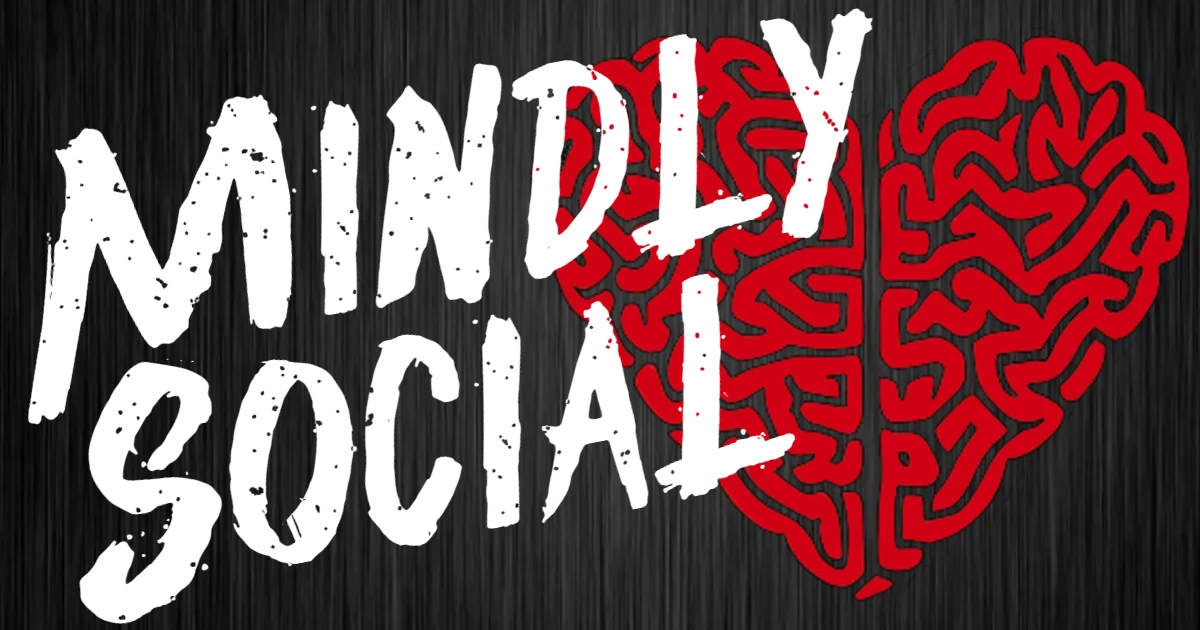giulio rospigliosi<p>This <span class="h-card" translate="no"><a href="https://schelling.pt/@RedBookJung" class="u-url mention" rel="nofollow noopener noreferrer" target="_blank">@<span>RedBookJung</span></a></span> post is an example of <a href="https://sfba.social/tags/ActiveImagination" class="mention hashtag" rel="nofollow noopener noreferrer" target="_blank">#<span>ActiveImagination</span></a> in <a href="https://sfba.social/tags/Jungian" class="mention hashtag" rel="nofollow noopener noreferrer" target="_blank">#<span>Jungian</span></a> <a href="https://sfba.social/tags/psychoanalysis" class="mention hashtag" rel="nofollow noopener noreferrer" target="_blank">#<span>psychoanalysis</span></a> or <a href="https://sfba.social/tags/psychotherapy" class="mention hashtag" rel="nofollow noopener noreferrer" target="_blank">#<span>psychotherapy</span></a>.</p><p>In this excerpt, from 1914, Jung has imagined a serpent and is in engaged in a conversation with this imaginal figure. He writes down the dialogue that occurs, with one part for the serpent, and one for himself. He interacts with the figure in as real a way as possible, as if it were a real figure present with him. </p><p><a href="https://sfba.social/tags/CGJung" class="mention hashtag" rel="nofollow noopener noreferrer" target="_blank">#<span>CGJung</span></a> <a href="https://sfba.social/tags/AnalyticalPsychology" class="mention hashtag" rel="nofollow noopener noreferrer" target="_blank">#<span>AnalyticalPsychology</span></a> <a href="https://schelling.pt/@RedBookJung/111469658191987642" rel="nofollow noopener noreferrer" translate="no" target="_blank"><span class="invisible">https://</span><span class="ellipsis">schelling.pt/@RedBookJung/1114</span><span class="invisible">69658191987642</span></a></p>
Recent searches
No recent searches
Search options
Only available when logged in.
mindly.social is one of the many independent Mastodon servers you can use to participate in the fediverse.

Mindly.Social is an English speaking, friendly Mastodon instance created for people who want to use their brains and their hearts to make social networking more social. 🧠💖
Administered by:
Server stats:
1.1Kactive users
mindly.social: About · Status · Profiles directory · Privacy policy
Mastodon: About · Get the app · Keyboard shortcuts · View source code · v4.3.8
#activeimagination
0 posts · 0 participants · 0 posts today
Animystic 🪐<p>Phases of <a href="https://mindly.social/tags/ActiveImagination" class="mention hashtag" rel="tag">#<span>ActiveImagination</span></a>:<br />1. <a href="https://mindly.social/tags/Preparation" class="mention hashtag" rel="tag">#<span>Preparation</span></a>. Prepare the mind to enter imaginal space through "expectant quiet."<br />2. <a href="https://mindly.social/tags/Evocation" class="mention hashtag" rel="tag">#<span>Evocation</span></a> or <a href="https://mindly.social/tags/Intention" class="mention hashtag" rel="tag">#<span>Intention</span></a>. Ego invites the unconscious to communicate.<br />3. <a href="https://mindly.social/tags/Interaction" class="mention hashtag" rel="tag">#<span>Interaction</span></a>. Unconscious comes alive in some way– sensation, image, voice, etc.<br />4. <a href="https://mindly.social/tags/Reflection" class="mention hashtag" rel="tag">#<span>Reflection</span></a>. Ego considers what the unconscious has shared, perhaps with therapist, trusted friends, etc.<br />5. <a href="https://mindly.social/tags/Integration" class="mention hashtag" rel="tag">#<span>Integration</span></a>. If unable or unwilling to practice the gained wisdom in the outer world, the project has failed.</p>
Animystic 🪐<p>Through the practice of <a href="https://mindly.social/tags/ActiveImagination" class="mention hashtag" rel="tag">#<span>ActiveImagination</span></a>, "the image created by the <a href="https://mindly.social/tags/Unconscious" class="mention hashtag" rel="tag">#<span>Unconscious</span></a> and the <a href="https://mindly.social/tags/Ego" class="mention hashtag" rel="tag">#<span>Ego</span></a> interact, and in this interaction, they create the necessary tension to evoke the <a href="https://mindly.social/tags/Transcendent" class="mention hashtag" rel="tag">#<span>Transcendent</span></a> function. [...]</p><p>The self is the union of opposites, as well as the center of the <a href="https://mindly.social/tags/psyche" class="mention hashtag" rel="tag">#<span>psyche</span></a>. The transcendent function is the means by which these opposites become united, the process by which the <a href="https://mindly.social/tags/manifest" class="mention hashtag" rel="tag">#<span>manifest</span></a> self is brought into being."</p><p>–Jeffrey Raff, Jung and the Alchemical Imagination</p>
ExploreLive feeds
Mastodon is the best way to keep up with what's happening.
Follow anyone across the fediverse and see it all in chronological order. No algorithms, ads, or clickbait in sight.
Create accountLoginDrag & drop to upload
